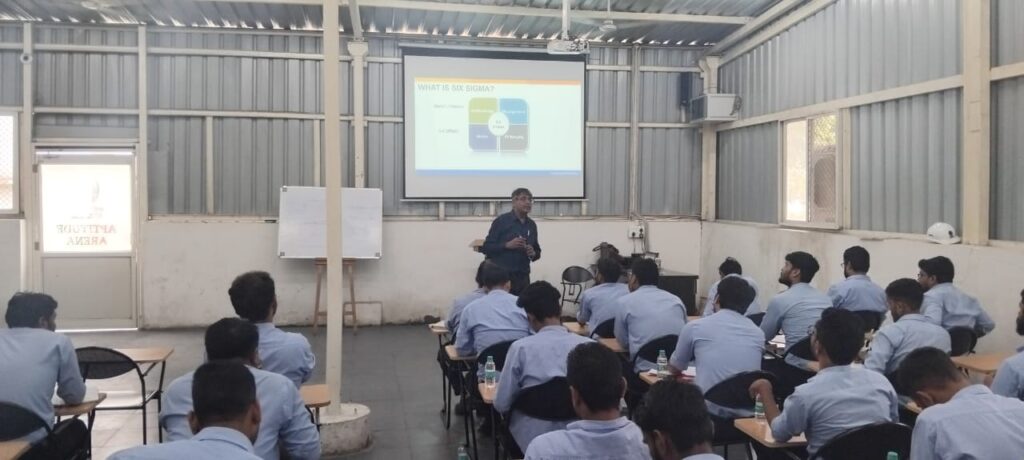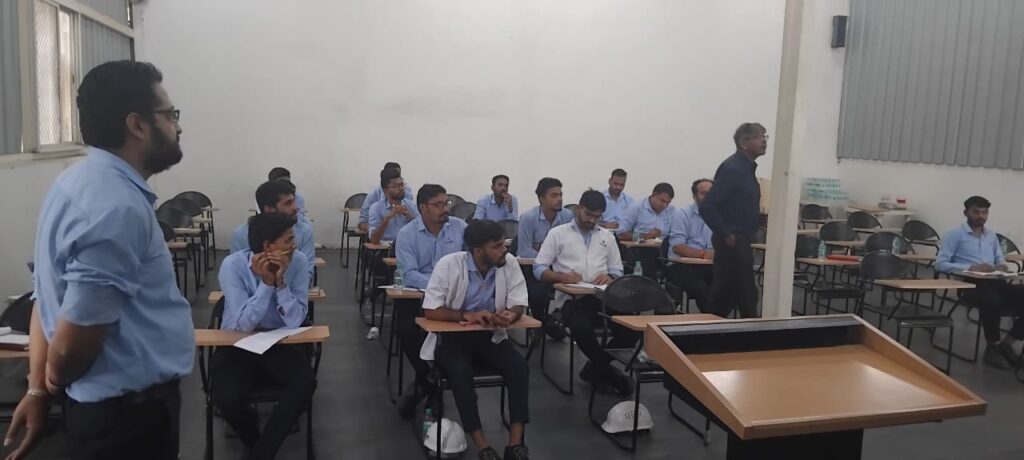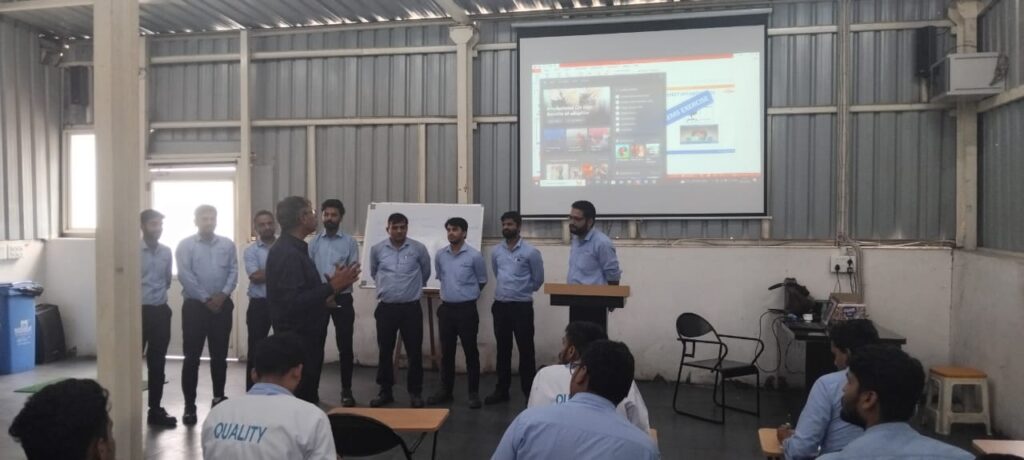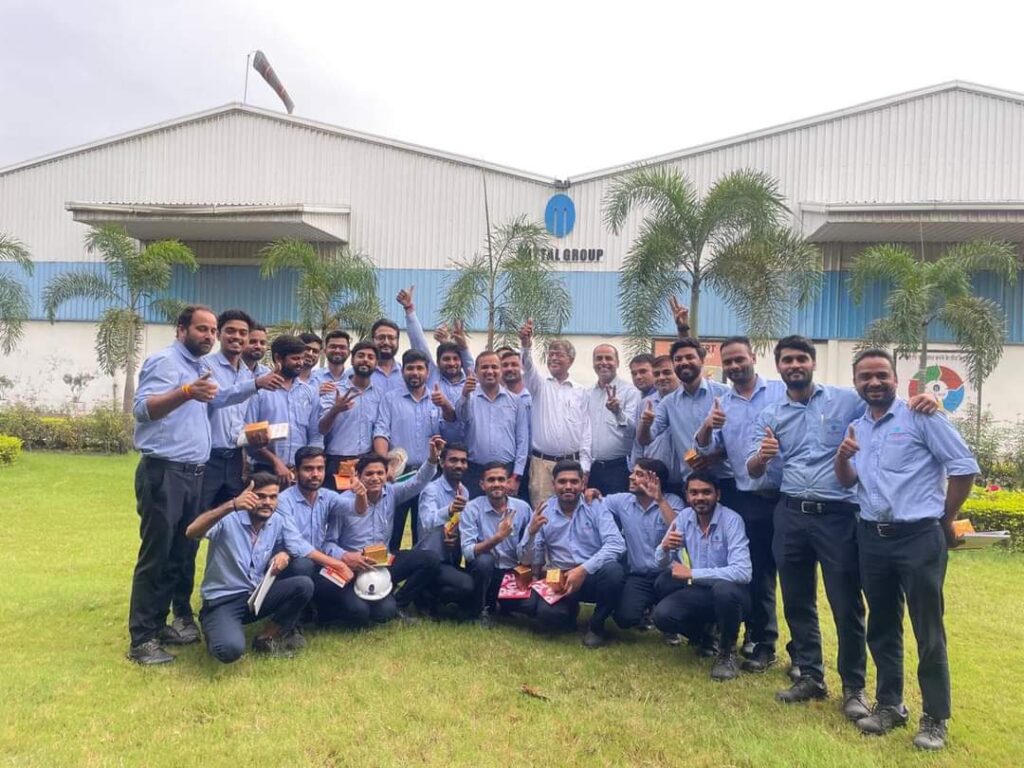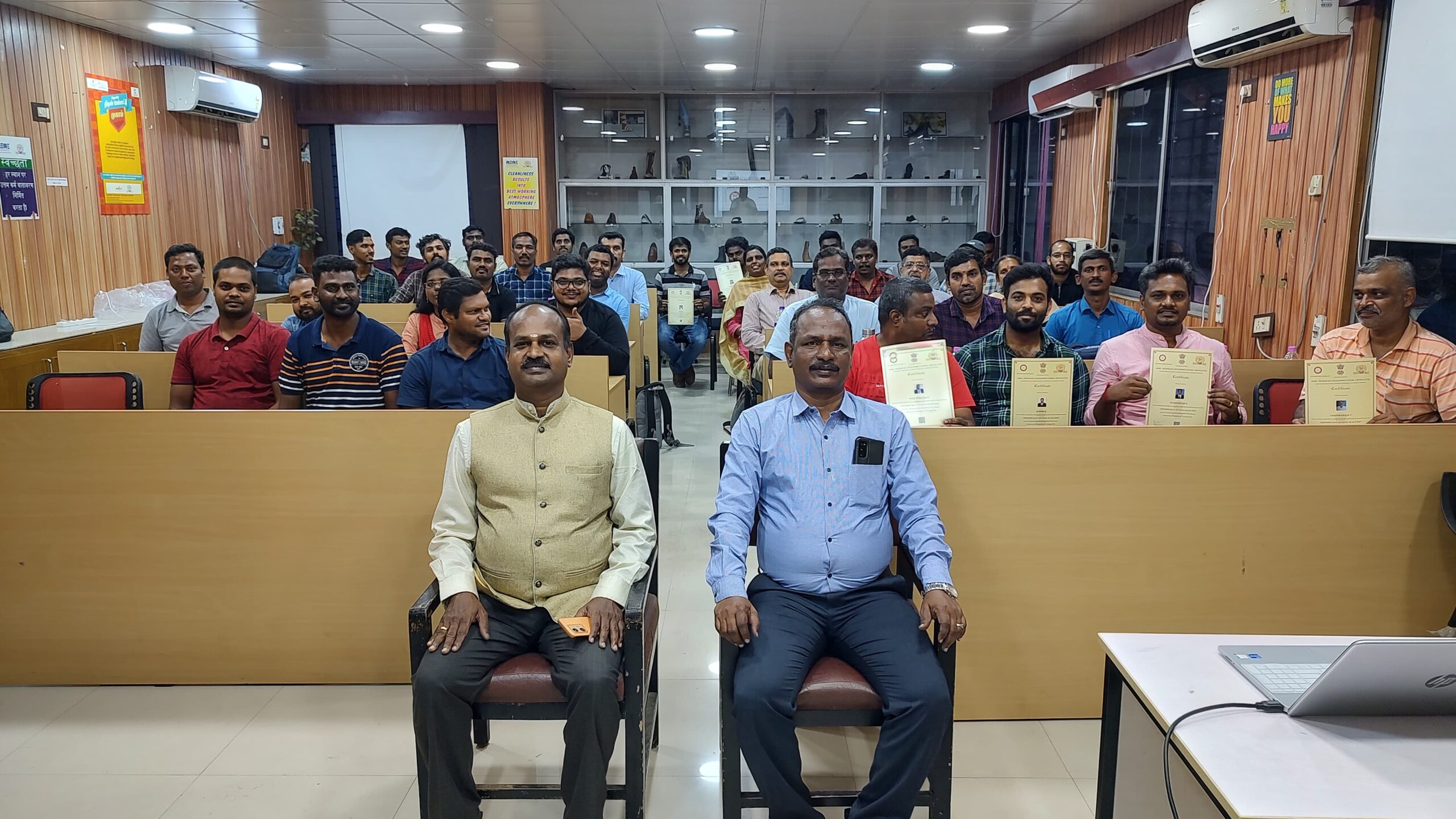In the dynamic world of business, continuous improvement is the key to success. To stay ahead, companies must consistently refine their processes and empower their teams with the knowledge to drive quality and efficiency.
Introduction to Continuous Improvement
Understanding this, Mittal Group recently partnered with Vision Excellence Consulting to conduct a Yellow Belt training session, led by our esteemed faculty, Mr. Vivek Kumar.
Training Objectives and Focus
The training, held at the Mittal Group’s premises, was designed to equip participants with the foundational tools and methodologies of Lean Six Sigma, focusing on problem-solving techniques and process improvement. The Yellow Belt certification is a crucial step for any organization looking to implement Six Sigma practices, as it empowers employees to take an active role in process improvement projects, reducing waste, and enhancing quality.
Leadership and Expertise
Mr. Vivek Kumar, with his vast experience and expertise, led the training with a blend of theoretical knowledge and practical insights. He engaged the participants in interactive sessions, ensuring that the concepts of Lean Six Sigma were not only understood but also internalized for application in their day-to-day operations.
Participant Engagement and Learning
The participants, comprising a diverse group of professionals from various departments, were enthusiastic about the learning experience. They appreciated the practical examples and case studies presented by Mr. Kumar, which illustrated how Lean Six Sigma principles could be effectively applied within their own workplace.
Key Takeaways and Impact
By the end of the session, the participants had a solid understanding of the DMAIC (Define, Measure, Analyze, Improve, Control) methodology, the importance of data-driven decision-making, and the value of continuous improvement. The training also fostered a sense of teamwork and collaboration among the participants, as they worked together on exercises and discussions.
Advancing Operational Excellence at Mittal Group
This training marks a significant step forward for Mittal Group in their journey towards operational excellence. With their newly acquired Yellow Belt certification, the employees are now better equipped to contribute to the company’s strategic goals of improving efficiency, reducing costs, and enhancing customer satisfaction.
Conclusion and Contact Information
At Vision Excellence Consulting, we are proud to have partnered with Mittal Group in this endeavor. We believe that empowering employees with the right skills and knowledge is essential for driving sustainable success in any organization. The positive feedback from the participants reinforces our commitment to delivering high-quality training that makes a real impact.
For more information on our training programs and how we can help your organization achieve excellence, please contact Dr. Gopal Sivakumar at +91 90878 88225 or via email at sivakumar@enrol.visionexcellence.in.
